P(T)ASTY Print — Material Research
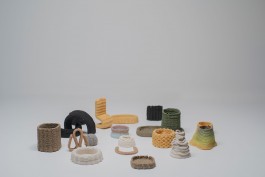
3D printing is a tool that makes accurate digital work real in our non-virtual world. However, because the technology is often used in futuristic or industrial concepts—given the accuracy as its biggest opportunity—the technology is often not very much suitable for common daily objects which require more of humane feeling. Most of the current 3D printing is done in plastic, and this project also aims to study if any natural materials can be suitable for 3D printing technology.

By experimenting with various organic materials and printing techniques, this project aims to add a sensorial level to 3D printed objects. Having the rapid growth of 3D printing community as a given opportunity, the end result will be shared as a resource to spark other possibilities of 3D printing technology.
Resulting in a series of small objects and shapes that can be applied to daily objects, this material research intends to show new aesthetic possibilities of 3D printing to deliver sensorial qualities that are currently missing in the technology. For the collection of works lets the process be its defining factor, even the beauty found in failed printed parts becomes an end result in this material exploration.
↓ Process
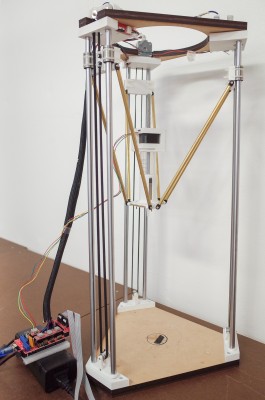
Delta printers use a different system of movement from the most common Cartesian-style. Instead of XYZ rods, delta printers support the extruder with three arms, which are attached to three vertical posts arranged in a triangle. Hence, this type of printer is more suitable for more delicate movement of printing that involves curves.
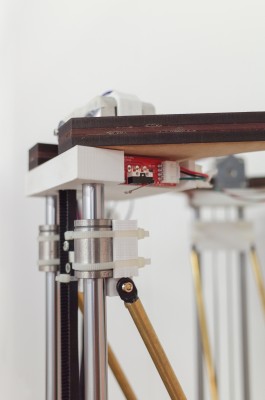
Using different open sourced references that I found from online communities, I modified my own version of printer that is more suitable for material experiments, meaning easier change of extruder and such. Another goal was to make it as simple as possible, just using laser cut and PLA 3D printer to share it back online. One thing I noticed was that most of the people who are willing to build their own DIY version of 3D printer already have at least a simple 3D printer that they can easily use for the parts of the new one.
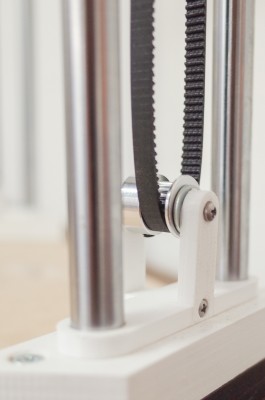
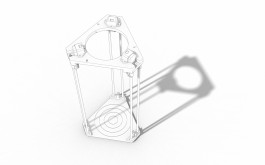
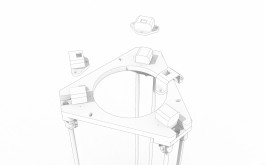
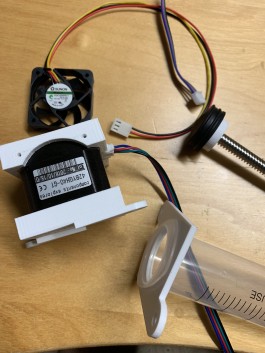
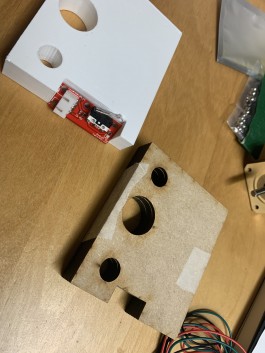
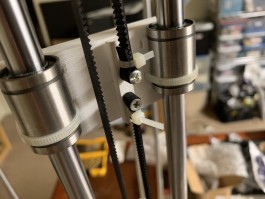
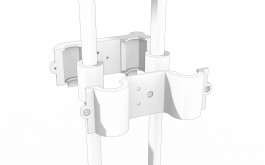
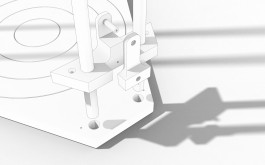
↓ Material exploration
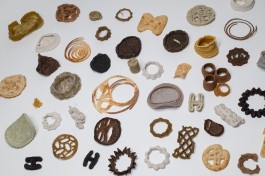
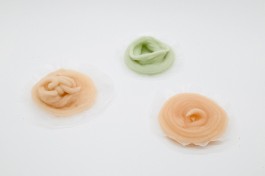
Sticky material grabbing prior layer
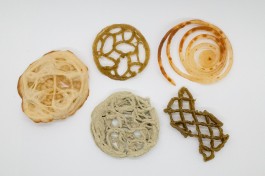
Pattern exploration
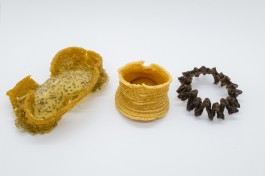
Distortion after drying
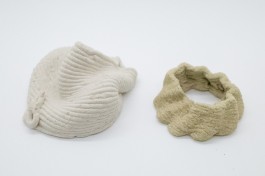
Too liquidy
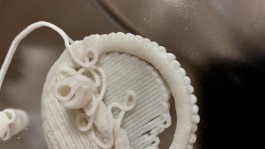
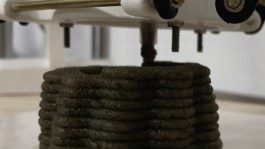
↓ Samples
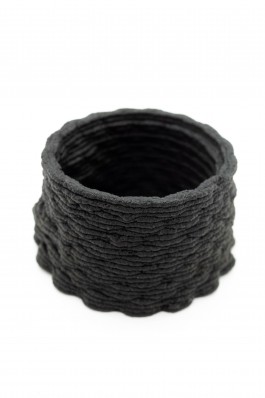
Sesame
With an interesting black color, it dose not feel like food when it is printed, which allows unique experience of food. It does not show almost any grain but strong smell of sesame.
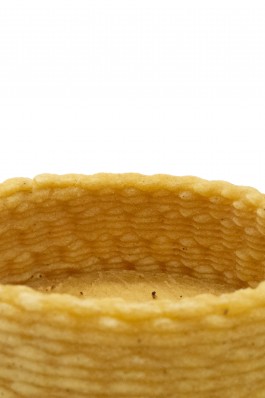
Maseca
This tortilla making ingredient has very smooth grain and it is not too sticky, which make it perfect for printing. With nice yellow color that turns into light brown when baked, it also has nice smell of food.
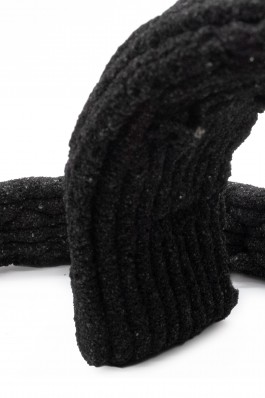
Sand
Sand with natural resin as its binding material gives quite strong printed outcome. It’s crystallized grain gives interesting look and feel, although it required a bit of adjustment for different sands have different material qualities.
↓ Resources
Process Book
Click to view at [issuu]
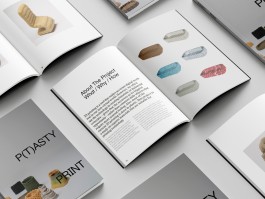
Material Index
Click to download [pdf]
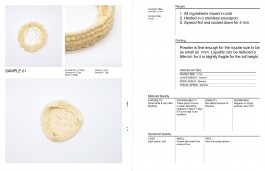
P(T)ASTY Build Plan
Click to download [zip]
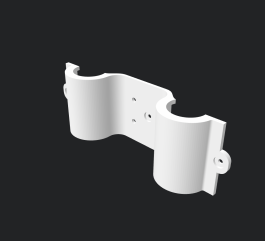
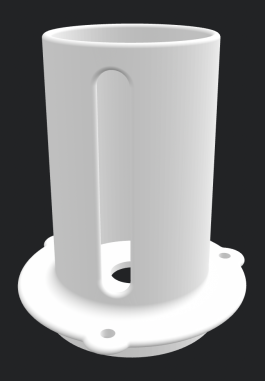
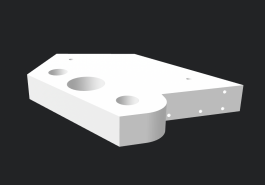
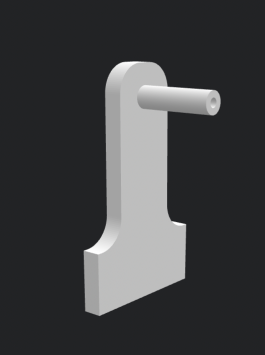
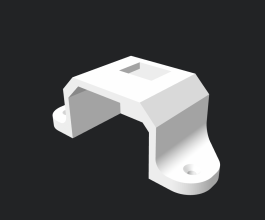
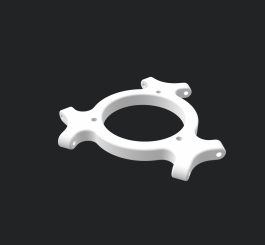

P(T)ASTY Print — Material Research

3D printing is a tool that makes accurate digital work real in our non-virtual world. However, because the technology is often used in futuristic or industrial concepts—given the accuracy as its biggest opportunity—the technology is often not very much suitable for common daily objects which require more of humane feeling. Most of the current 3D printing is done in plastic, and this project also aims to study if any natural materials can be suitable for 3D printing technology.

By experimenting with various organic materials and printing techniques, this project aims to add a sensorial level to 3D printed objects. Having the rapid growth of 3D printing community as a given opportunity, the end result will be shared as a resource to spark other possibilities of 3D printing technology.
Resulting in a series of small objects and shapes that can be applied to daily objects, this material research intends to show new aesthetic possibilities of 3D printing to deliver sensorial qualities that are currently missing in the technology. For the collection of works lets the process be its defining factor, even the beauty found in failed printed parts becomes an end result in this material exploration.
↓ Process

Delta printers use a different system of movement from the most common Cartesian-style. Instead of XYZ rods, delta printers support the extruder with three arms, which are attached to three vertical posts arranged in a triangle. Hence, this type of printer is more suitable for more delicate movement of printing that involves curves.

Using different open sourced references that I found from online communities, I modified my own version of printer that is more suitable for material experiments, meaning easier change of extruder and such. Another goal was to make it as simple as possible, just using laser cut and PLA 3D printer to share it back online. One thing I noticed was that most of the people who are willing to build their own DIY version of 3D printer already have at least a simple 3D printer that they can easily use for the parts of the new one.

↓ Material exploration


Sticky material grabbing prior layer

Pattern exploration

Distortion after drying

Too liquidy
↓ Samples

Sesame
With an interesting black color, it dose not feel like food when it is printed, which allows unique experience of food. It does not show almost any grain but strong smell of sesame.

Maseca
This tortilla making ingredient has very smooth grain and it is not too sticky, which make it perfect for printing. With nice yellow color that turns into light brown when baked, it also has nice smell of food.

Sand
Sand with natural resin as its binding material gives quite strong printed outcome. It’s crystallized grain gives interesting look and feel, although it required a bit of adjustment for different sands have different material qualities.
↓ Resources
P(T)ASTY Build Plan
Click to download [zip]






Material Index
Click to download [pdf]
